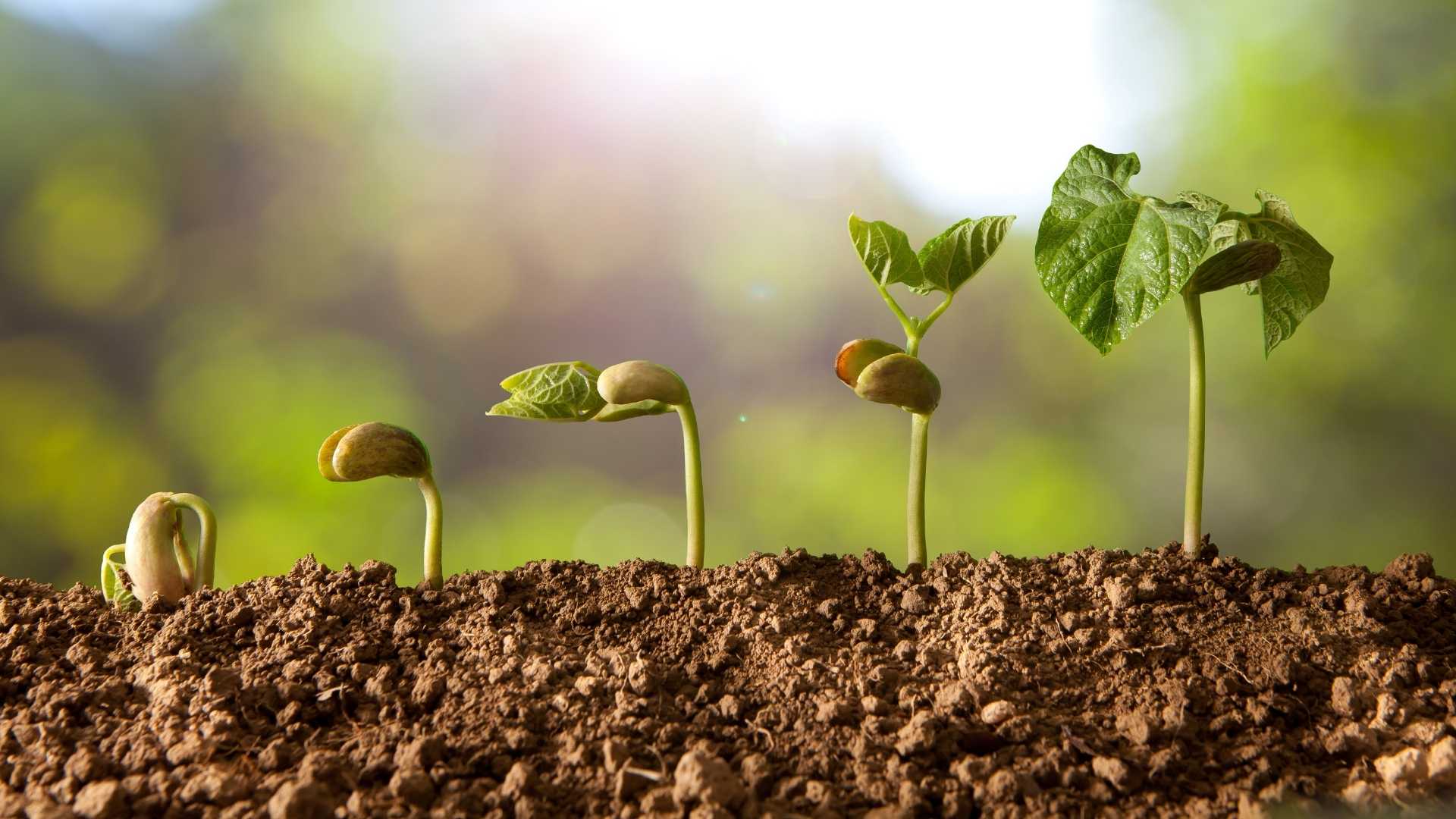Phosphorus fertilizer is a type of plant nutrition product that supplies phosphorus (P), a critical macronutrient essential for root development, flowering, and fruit set. Phosphorus plays a central role in energy transfer (ATP) and photosynthesis, making it vital during early growth stages and reproductive phases of plants.
Without sufficient phosphorus, plants may exhibit stunted growth, poor root systems, delayed flowering, and reduced yield. Therefore, using the right phosphorus fertilizer at the right time can make a significant difference in crop performance and productivity.
Let's Talk!
Types of Phosphorus Fertilizers
There are several types of phosphorus fertilizers available on the market, each offering different nutrient concentrations and application methods. Some of the most common include:
- Triple Super Phosphate (TSP): Contains about 46% P₂O₅, providing a high concentration of phosphorus.
- Phosphoric Acid (H₃PO₄): Water-soluble, fast-acting, and ideal for fertigation systems such as drip irrigation.
- Diammonium Phosphate (DAP): A widely used granular fertilizer that provides both phosphorus and nitrogen.
- Monoammonium Phosphate (MAP): Another dual-nutrient fertilizer with slightly lower nitrogen content than DAP.
- P44: A high-phosphorus fertilizer with approximately 44% P₂O₅, known for its solubility and quick availability.
- Liquid Phosphorus Fertilizers: Applied through irrigation systems for rapid uptake and uniform distribution.
- Phosphorus Foliar Fertilizers: Absorbed through leaves for immediate correction of phosphorus deficiency.
- Compound (NPK) Fertilizers: Combine phosphorus with nitrogen and potassium for balanced plant growth.
- Organomineral Fertilizers: Blend organic and mineral sources to enhance nutrient availability and soil health.
Phosphorus and Potassium Fertilizers
The combination of phosphorus and potassium is especially important for crops during flowering and fruit formation stages. Some popular options include:
- Monopotassium Phosphate (MKP): A water-soluble fertilizer that contains both phosphorus and potassium (typically 52% P₂O₅ and 34% K₂O), ideal for foliar spray and drip systems.
- Potassium Nitrate + Phosphoric Acid Blends: Provide balanced nutrient uptake during fruit development.
- Phosphorus-Potassium Fertilizers: Often used in orchards and vegetable production to enhance root strength and fruit quality.
What Does Phosphorus Fertilizer Do?
Phosphorus fertilizers offer multiple agronomic benefits, particularly in the early and reproductive stages of plant growth:
- Stimulates strong root development, especially in young plants and seedlings.
- Promotes flower formation and fruit set, directly influencing yield.
- Increases plant resistance to diseases and environmental stress.
- Supports photosynthesis and energy metabolism at the cellular level.
Regular phosphorus application helps crops establish faster, mature uniformly, and produce higher-quality harvests.

When and How to Apply Phosphorus Fertilizer
Best Application Timing:
- Typically applied during planting or early growth stages.
- Can also be applied mid-season if deficiencies are identified through plant sap analysis.
- Liquid phosphorus fertilizers can be delivered through irrigation systems throughout the season for continuous feeding.
Application Methods:
- Soil Incorporation: Mix into the soil before planting for root-zone availability.
- Foliar Feeding: Apply phosphorus foliar fertilizers for rapid correction of deficiencies.
- Band Application: Place near the root zone during planting for efficient uptake.
- Drip Irrigation (Fertigation): Use liquid phosphorus fertilizers for even distribution and water-nutrient synergy.
For best results, analyze your plant’s needs using real-time sap analysis and soil tests. This allows for data-driven decisions on when and how much phosphorus to apply.
Possible Drawbacks of Overusing Phosphorus
While phosphorus is essential, excessive use can be harmful:
- Can lead to nutrient imbalance, particularly reducing the plant’s ability to uptake iron and zinc.
- May cause groundwater pollution if leached from the soil.
- Can inhibit beneficial microorganisms like mycorrhizal fungi that assist with nutrient absorption.
That’s why balanced nutrition, regular analysis, and precision application are key.
Storage and Handling of Phosphorus Fertilizers
To maintain effectiveness and safety:
- Store in a cool, dry place away from moisture and direct sunlight.
- Use airtight bags or containers to prevent chemical degradation.
- Keep away from reactive substances and acids to avoid hazardous interactions.
Phosphorus Fertilizer Prices
The cost of phosphorus fertilizers varies depending on the type, nutrient concentration, and global market prices. Fertilizers such as TSP, DAP, and MAP are widely traded commodities and their prices fluctuate with seasonal demand and currency exchange rates.
Efficient Use of Phosphorus Fertilizer for Better Yield
Phosphorus fertilizers are essential for building strong root systems, enhancing flowering and fruiting, and promoting overall plant vigor. However, their use must be targeted and informed. By integrating modern tools such as sap analysis, you can ensure your phosphorus applications are timely, efficient, and beneficial to both your crops and the environment.

